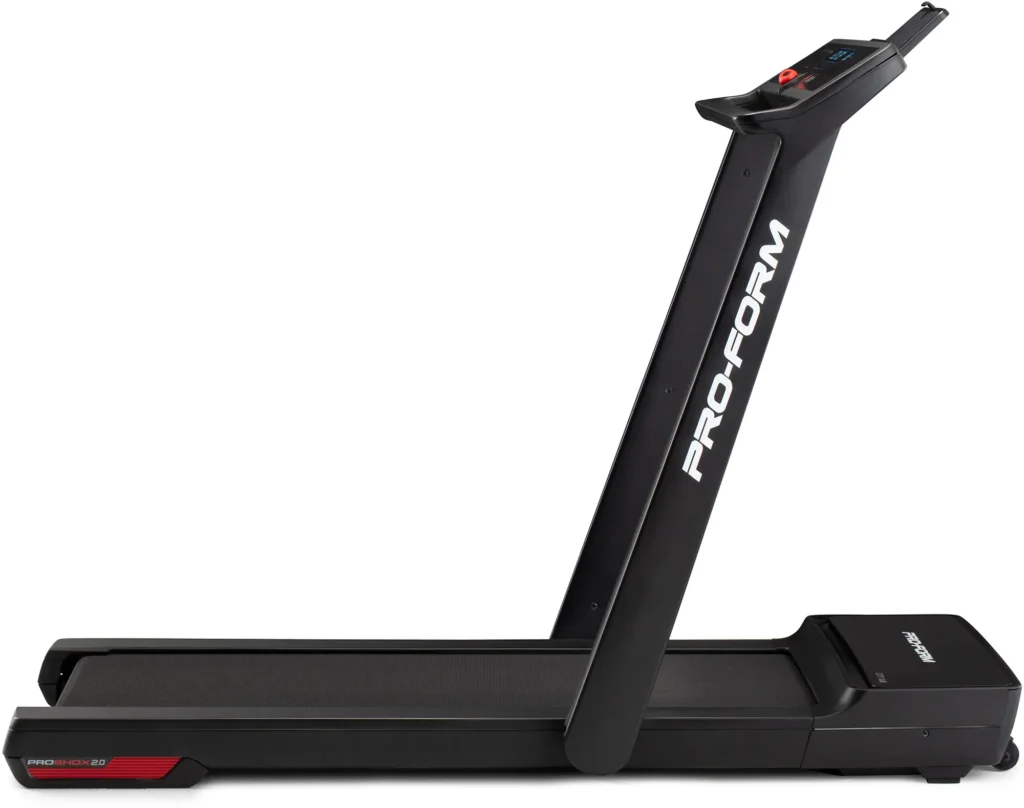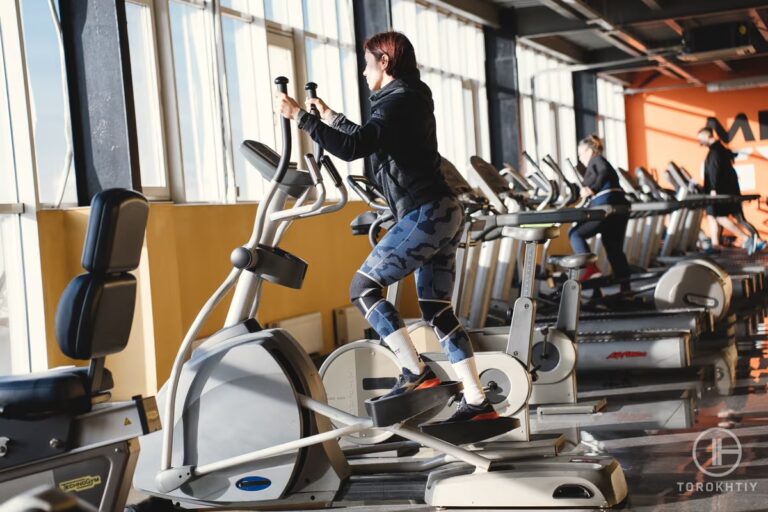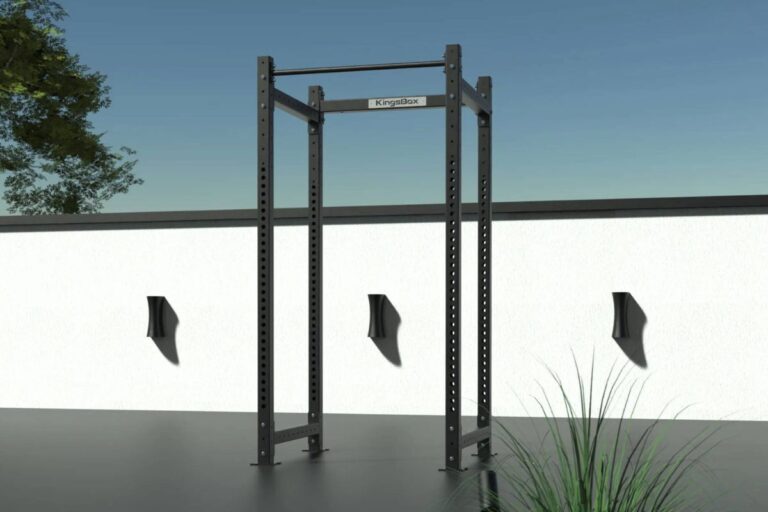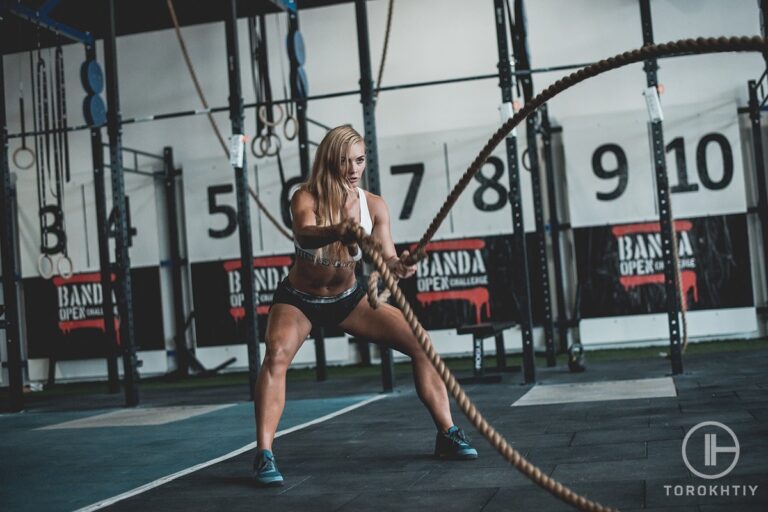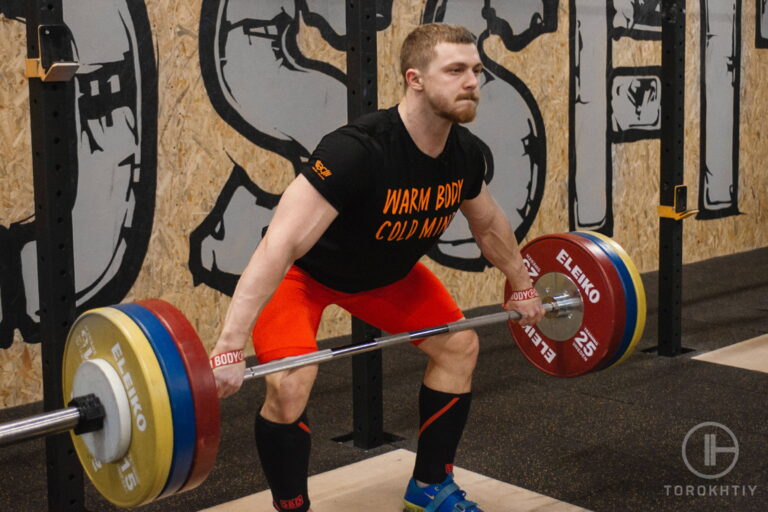How Much Is a Mile on a Treadmill: How to Measure It?
Reviewed by: Oleksiy Torokhtiy (21 years of Oly Lifting experience)
If you’re best friends with your treadmill, you have most likely asked yourself how much is a mile on a treadmill. Well, you’re lucky you’ve stumbled upon this article because I’m here to answer that for you.
If you don’t use your treadmill as much or don’t think about the mileage that often, then you might be surprised to hear that one mile outside and one mile on a treadmill is not really the same thing.
Whatever the case may be, today we’ll be checking just how much work you need to put into your workout to cover one whole mile. So, what does 1 mile look like on a treadmill? Grab your shoes, hop on your treadmill and let’s find out!
How much is a mile on a treadmill? One mile on a treadmill can actually vary from person to person. It depends on the incline level you set and your speed. For a newbie, it is about 11 minutes; for an advanced athlete, it is about 9 minutes; and it is about 7 minutes for a pro running on a flat treadmill.

Understanding the Concept of Distance on a Treadmill
I can see why you would think that the distance you cover on a treadmill and the one you cover outside would be the same. I mean… Distance is distance, right? How can it be different? How long is a mile on a treadmill?
To tell the truth, I was a bit shocked when I first learned that there’s a difference. You never really give it that much thought because one distance being different that the other sounds a bit like a scenario for a Sci-Fi movie.
But the thing about distance being measured on a treadmill is – your treadmill kind of has a mind of its own. It assumes things and then calculates the average amount. It can show incorrect information, and let’s face it; sometimes, they’re just low quality and their settings are all over the place.
It sounds overwhelming, I know. The good news is, I’ll break down all of this information and explain it one by one so you know exactly how much distance you can brag about covering.
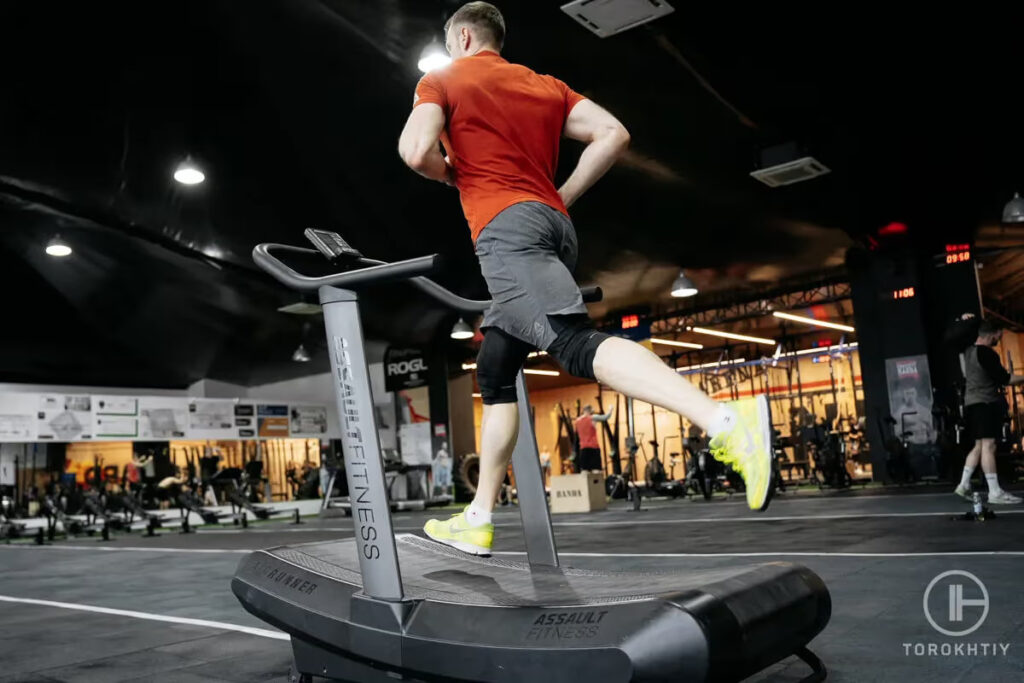
1 Mile on a Treadmill in Numbers
If you want to turn words into numbers and get a more concrete answer to how much a mile is on a treadmill, then the following might be what you’re looking for.
One mile on a treadmill can be visualized using time, number of steps, heart rate, and even calories.
First, I’ll show you what this would look like in terms of minutes and seconds by using speed. A speed of up to 3.7 mph is considered walking. 3.7-5 mph is considered jogging. 5-6.2 mph is light running. 6.2-8.1 is considered dedicated running. And a speed of 8.2 and more is considered sprinting. I’ll assume an average running speed for three different skill levels for the runner.
Average Time For Running 1 Mile On A Treadmill
| Athlete Level | Speed | Time |
| Beginner | 5.6 mph | approx. 10:42 |
| Advanced | 6.8 mph | approx. 8:49 |
| Pro | 8 mph | approx. 7:30 |
If you want to get creative, you could also measure how much one mile would be on a treadmill by using heart rate. We will assume an average heart rate, or beats per minute(BPM), for three different skill levels in runners.
| Athlete Level | Speed | Time |
| Beginner | 120-140 bpm | approx. 10:42 |
| Advanced | 140-160 bpm | approx. 8:49 |
| Pro | 160-180 bpm | approx. 7:30 |
Beats per minute will vary from person to person, depending on a lot of different factors. So these are very rough estimates taken for the average Joe.
The average amount of calories burned by a treadmill runner is about 120 calories for a 150-pound male.
You can also measure how much a mile on a treadmill is by counting steps. This time your level of experience and expertise wouldn’t affect the number of steps required. Instead, to measure the steps, you’d need to take into account the average stride length. For our calculation, I’ll use an average stride length of 2-3 to 2.5 feet. And as a result, you’ll need about 2000-2300 steps to cover one mile.
For example, if you run faster or lower than what’s shown, the time will be different. Or, if your metabolism, heart rate, body temperature, muscle mass, etc., differ quite a lot from the average – then you’ll find the numbers will be off by a lot from what I’ve shown.
We are all individuals, and we are unique in our own way. So consider this when looking at the tables above; I was only taking averages into account).
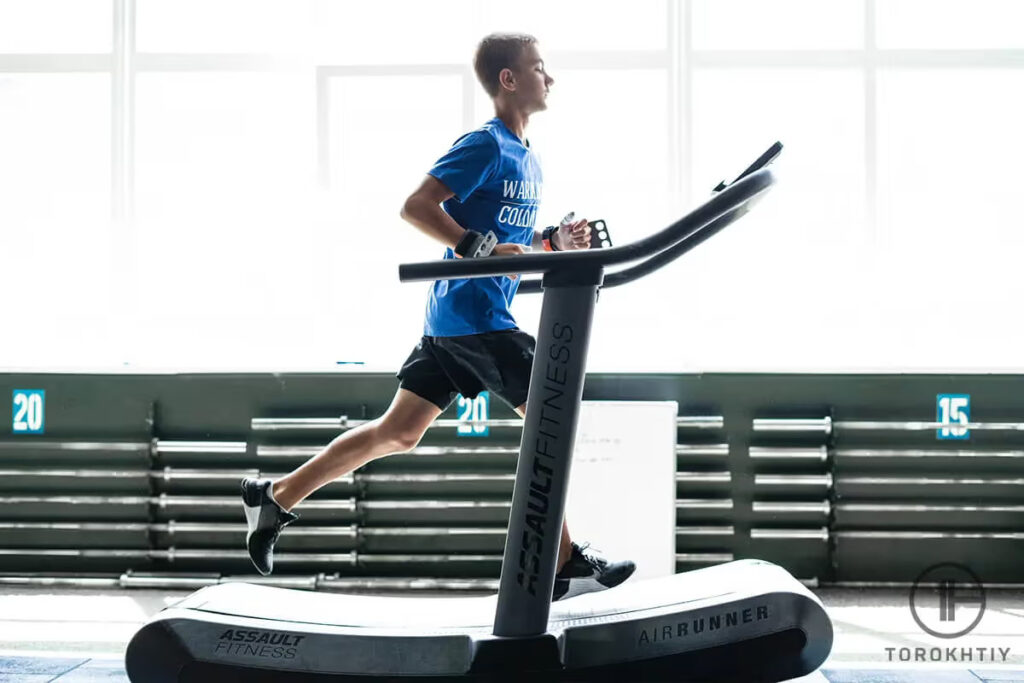
6 Factors Affecting Distance Measurement
1. Accuracy Of Your Treadmill
Some treadmills’ readings are more accurate than others; the accuracy can depend on how your treadmill is calibrated and if it’s good quality or not. I would advise you to make sure your treadmill is always calibrated and maintained so you’re getting the most accurate information.
2. Belt Tension
Always make sure the belt is not loose or misaligned because it can affect how correct the distance measurement is. Again, you’ll need to maintain your treadmill and possibly adjust your belt from time to time.
3. Your Weight
Yes… Your weight also has an impact. Heavier weight puts more pressure on your treadmill’s belt, which means you’ll cover a teensy bit less distance. Of course, less weight means you cover more distance.
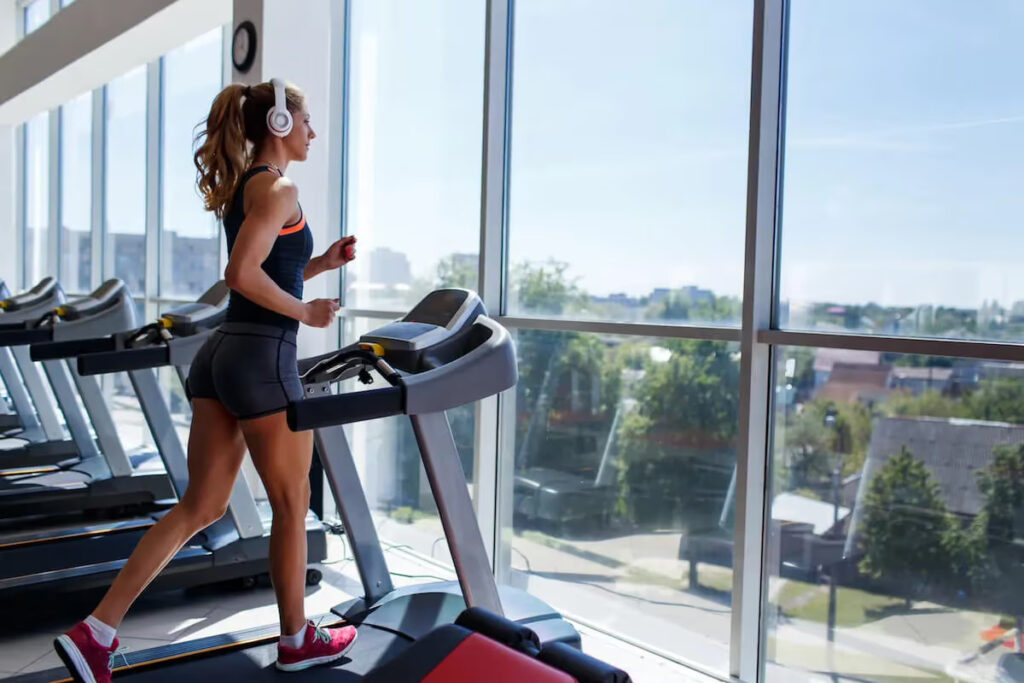
4. The Way You Run
Believe it or not, the way you run makes a lot of difference. First of all, each person’s stride is different length. Your treadmill will tell you how much distance you’ve covered based on your stride length (among other things). This means that if you have a longer stride, you’ll cover more distance than someone with a short stride.
5. Speed And Incline
If you’ve ever tried running uphill, you know it takes you a lot more effort and energy to complete your workout. So, if you’re running at an incline, there’s a good chance you’re covering a bit less distance than you would if you were running on a flat surface.
Treadmill running speed is also a big deal with distance calculations. If you run at a high speed, you’ll cover more distance in less time; and slower speeds cover less distance.
6. Personal Differences
It sounds like a cliché but it’s true – each of us is different. The lengths of our legs are different, we’re in different shapes, our cardiovascular fitness is not the same… Not to mention weight and muscles. All of these factors will influence the distance because they will affect how much energy we need to cover it.
3 Ways to Calculate Miles on a Treadmill
1. Using Built-In Tracking Features
Today’s treadmills have built-in tracking features that use sensors and algorithms. The way they calculate the distance is based on speed and belt revolutions. This is why it’s so important that you choose a good-quality treadmill and it’s also important to maintain it regularly.
2. Manual Calculation Of Distance
We’re so used to our gadgets calculating everything for us that doing anything by hand can be a pain. But if your treadmill doesn’t do the math for you, then you really have no other choice. If you want to (or need to) measure the distance manually, you need to track the time you spent running on the treadmill, and also the speed at which you ran. Then multiply the time by the speed and get the distance.
For instance, let’s say you ran at 6 mph for 30 minutes – you’ve covered 3 miles. Pretty simple, am I right?
3. Utilizing Fitness Tracking Apps And Devices
You can also measure the distance with fitness tracking apps and devices. There’s a lot of different smartphone apps and tracking gadgets that you can sync to your treadmill. That way, you’ll get a more accurate measurement, so you know what distance you’ve covered. For this to work like it’s supposed to, you’ll need to keep your treadmill calibrated.
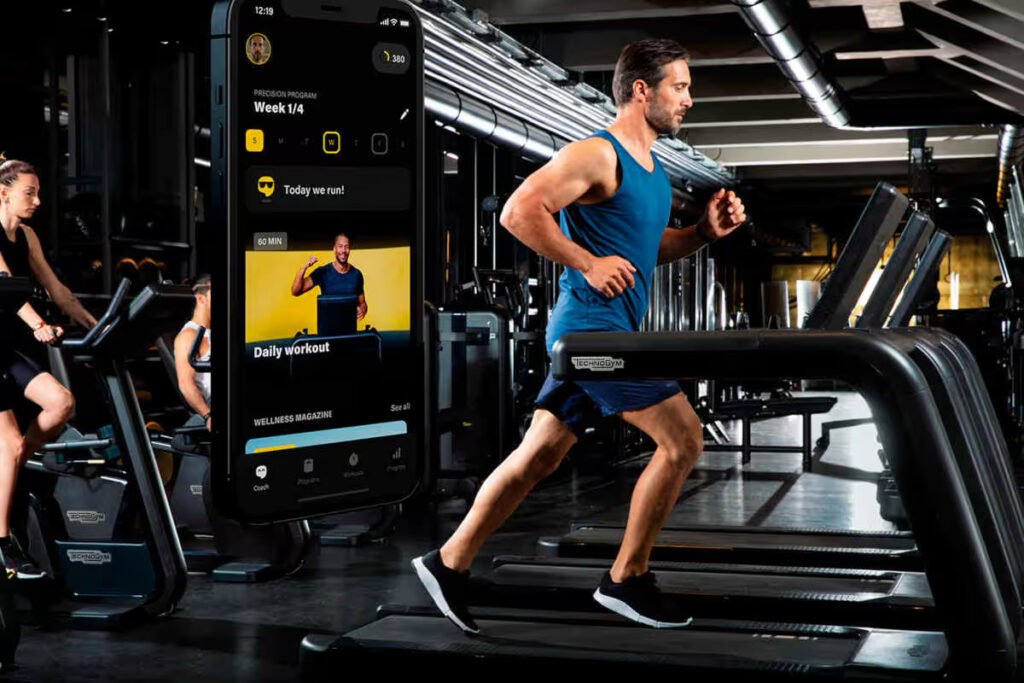
Treadmill We Recommend – ProForm City L6
The Pro-Form City L6 is completely foldable. The surface you’re running on is very low impact and gentle on your hips, knees, and ankles.
The machine has a 1.6 horsepower motor. It’s both smooth and silent.
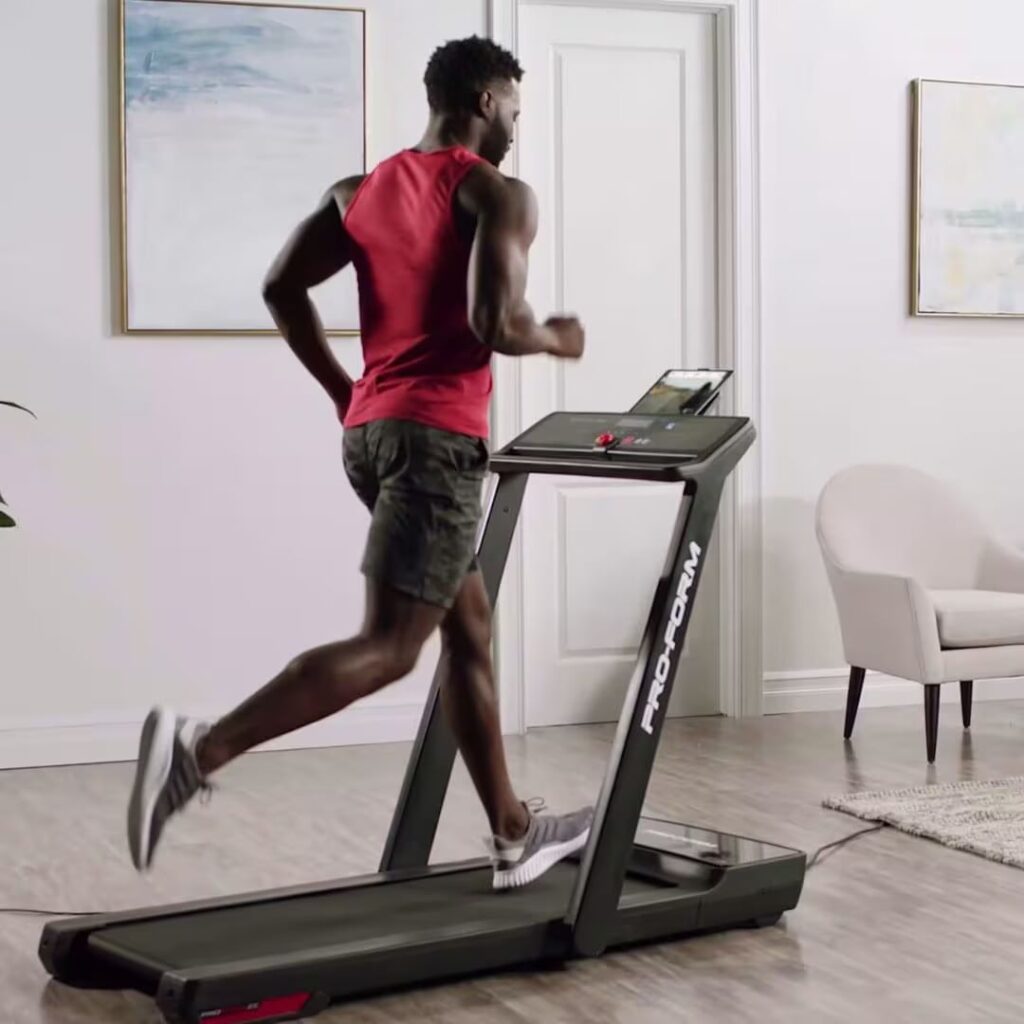
The treadmill is great for space saving. The dimensions are 29’’ W x 70.25 L x 44.5 H, and the belt is 17.5’’ W x 45’’ L. There are no incline options, however.
The only thing that could be improved is the screen size is just a tiny bit too small for my taste. Other than that, this mill is a 10!
Positives:
Could be better:
FAQ
Is 1 Mile on a Treadmill Enough?
One mile on a treadmill can be okay, but it depends on what you’re going for. If you’re a beginner, it’s a good distance to start with, and it’s also great as a light workout or warm up.
Is 1 Mile on the Treadmill the Same as Outside?
1 mile on the treadmill is not the same as 1 mile outside. Not quite. If you’re running outside, you need to take other factors such as: wind, terrain, and stride length into account. All of this makes running outside a bit different than running on a treadmill. If you really want to adjust your treadmill to simulate the experience of running outdoors as close as possible, 1% grade is the way to do it.
How Many Miles Is 30 Minutes on a Treadmill?
How many miles is 30 minutes on a treadmill depends on speed and incline. But it can also be determined by other factors. For example – If you’re running at a moderate pace, you’ll cover 2 to 3 miles in 30 minutes on a treadmill.
Conclusion
One mile after another and we’ve come to the end of our topic! You should have a pretty good idea about what influences the differences in distance, and you can now also calculate the distance you cover yourself! So do the math and see what your workout is really like.
But what are your thoughts about this? Is it confusing to learn that 1 mile can mean different things depending on how and where you’re running? Do you now know how to convert treadmill speed to mph or is it still confusing? Will you be trying to translate treadmill mph to pace so you know what distance you’re covering? Do you have a treadmill to recommend?
Share your opinions (and any tips if you have them)!
Also read:
- Benefits of Treadmill Running
- Benefits of Walking on a Treadmill
- How Long Does a Treadmill Last
- How Fast Can Treadmills Go
- How Much Does a Good Treadmill Cost
- Best Incline Treadmill
- Best Treadmill Mat
- Best Incline to Walk on a Treadmill
References:
- Comparison between running performance in time trials on track and treadmill // Researchgate: https://www.researchgate.ne t/publication/289373483_ Comparison_between _running_performance_ in_time_trials_ on_track_and_treadmill
- Walking and running on treadmill: the standard criteria for kinematics studies // NIH: https://www.ncbi.nlm.nih.gov /pmc/articles/PMC4187596/
- Better economy in field running than on the treadmill: evidence from high-level distance runners // NIH: https://www.ncbi.nlm.nih.gov/pmc /articles/PMC4447762/
- Psychophysiological responses to self-paced treadmill and overground exercise // NIH: https://pubmed.ncbi.nlm.nih.gov /21088625/
- A 1% treadmill grade most accurately reflects the energetic cost of outdoor running // NIH: https://pubmed.ncbi.nlm.nih.gov /8887211/
Why Trust Us?
With over 20 years in Olympic Weightlifting, our team does its best to provide the audience with ultimate support and meet the needs and requirements of advanced athletes and professional lifters, as well as people who strive to open new opportunities and develop their physical capabilities with us.
By trusting the recommendations of our certified experts in coaching, nutrition, dietology, and sports training programming, as well as scientific consultants, and physiotherapists, we provide you with thorough, well-considered, and scientifically proven content. All the information given in the articles concerning workout programming, separate exercises, and athletic performance, in general, is based on verified data. We ensure that you can rely on our professionals’ pieces of advice and recommendations that can be treated as personalized ones which will benefit you and fully meet your needs.
The product testing process is described in more detail here
Author: Ihor Shymechko
Pro Olympic Weightlifter, Coach
Best Results: Snatch – 208 kg,
C&J – 240 kg
Ihor has been a professional weightlifter since 1996, boasting over two decades of competition experience. His notable achievements include clinching the European Championship in 2009 and securing a silver medal in the 105kg division at the Senior World Championships in 2011. Ihor represented his country in the 2008, 2012, and 2016 Summer Olympics. After retiring from competitive weightlifting, he transitioned to coaching, leveraging his vast experience to guide athletes who now compete on both national and international stages.
Reviewed by: Oleksiy Torokhtiy
Olympic Weightlifting Champion
Best Results: Snatch – 200 kg,
C&J – 240 kg
Oleksiy Torokhtiy is a professional athlete boasting 20 years of experience in Olympic weightlifting. With multiple European and World titles under his belt, he has showcased his prowess in two Olympic Games (Beijing 2008 and London 2012). Upon concluding his illustrious career, Oleksiy dedicated himself to coaching. By 2022, he had conducted over 200 weightlifting seminars worldwide. He is the visionary behind an international sportswear and accessories brand known for its motto, “Warm Body Cold Mind.” Additionally, he is an esteemed author and the creator of a series of training programs and eBooks.

